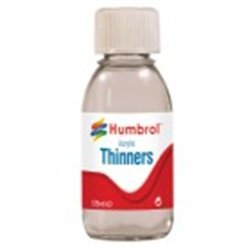Peco Streamline is a range of model railway track that many modellers in the UK turn to when they want to take their...
No products
Product successfully added to your shopping cart
There are 0 items in your cart. There is 1 item in your cart.
Search Tips
Christmas and New Year
We are dispatching orders every weekday apart from Christmas Day, Boxing Day and New Year's Day.
If you select next day delivery at checkout, please note deliveries are not made on public holidays or Sundays.
The shop in Sandown is open 23rd and 24th December, then closed from 25th December, reopening on 30th December.
Is paint for airbrushing different from normal paint?
The only difference between normal paint and airbrush paint is that the airbrush paint has been thinned with a thinner and can go straight into the airbrush saving you the time and effort of having to thin the paint yourself.
If thinning the paint yourself, you want to reach milk-like consistency.
Please note that some acrylic paints may dry too fast when thinned with water and may clog the airbrush or create blobs of paint on the model. In that case, make sure you use the paint manufacturer's recommended thinner as it is likely to contain a retarding agent to delay drying.
Click here to receive the tips weekly in your mailbox. You can unsubscribe at any time.

-43898-p.jpg)








